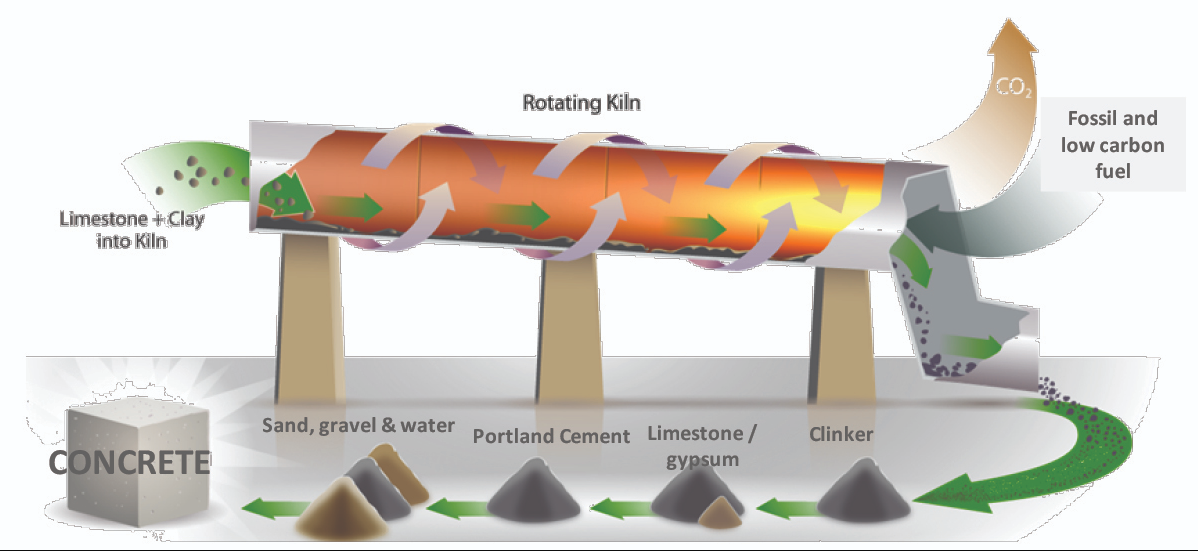Contents
Journey from Raw materials to Concrete
CLICK HERE TO DOWNLOAD MOST IMPORTANT INTERNAL MANUALS , EXCEL CALCULATION SHEETS & REFERENCE BOOKS FOR ENGINEER WHO WORK AT LAFARGE HOLCIM , FL , CEMEX

Limestone is common a rock that makes up about ten percent of all sedimentary rocks. Limestone is made up of calcite aragonite. A lot of limestone comes from skeletal fragments of marine organisms. Throughout history, many people have recognized limestone’s potential and used it for a building material. The great pyramids of Egypt, among many other landmarks, are constructed of limestone. It was also very popular in the Middle Ages, due to its hardness, durability, and availability. Many medieval churches and other structures still standing are made of limestone. Limestone is also used as a pigment in toothpaste.
In addition to the value of limestone slabs quarried for building materials, limestone is also used in cement. A discussion about cement requires a distinction between cement and concrete: although the two terms are often used interchangeably. Cement is simply one of the ingredients of concrete, which is also made of sand and bits of gravel or crushed stone. Cements makes up between 10% to 15% of concrete’s total mass; though of course the exact proportions may vary from one mixture to the next, depending on the type of concrete is being made.
To make Portland cement—the most common type of cement—powdered limestone is heated in a rotary kiln. As a source of calcium, it joins with powdered clay to produce a product called clinker, which is then ground with a source of sulfate, like gypsum. It is mixed with water, sand and crushed rock to create concrete. The water, added through a process called hydration, starts the chemical reaction that causes the cement to harden and set, holding all of the ingredients together as concrete. Before the concrete is allowed to harden, the concrete mix must be poured into a mold so that it will harden into the desired shape. You don’t want a free-flowing blob of concrete to harden, do you? Alternately, the cement can be mixed with just sand and water to create mortar, which is used to join bricks together.
Concrete and mortar made of limestone can react to the carbon dioxide in rainwater and wear away. The resulting damage takes the form of gaps between bricks and buildings, which must be repaired by filling in the gaps. Burning fossil fuels can increase the rain’s acidity, which further damages limestone. Acid-based cleaning chemicals can also be harmful.
Great